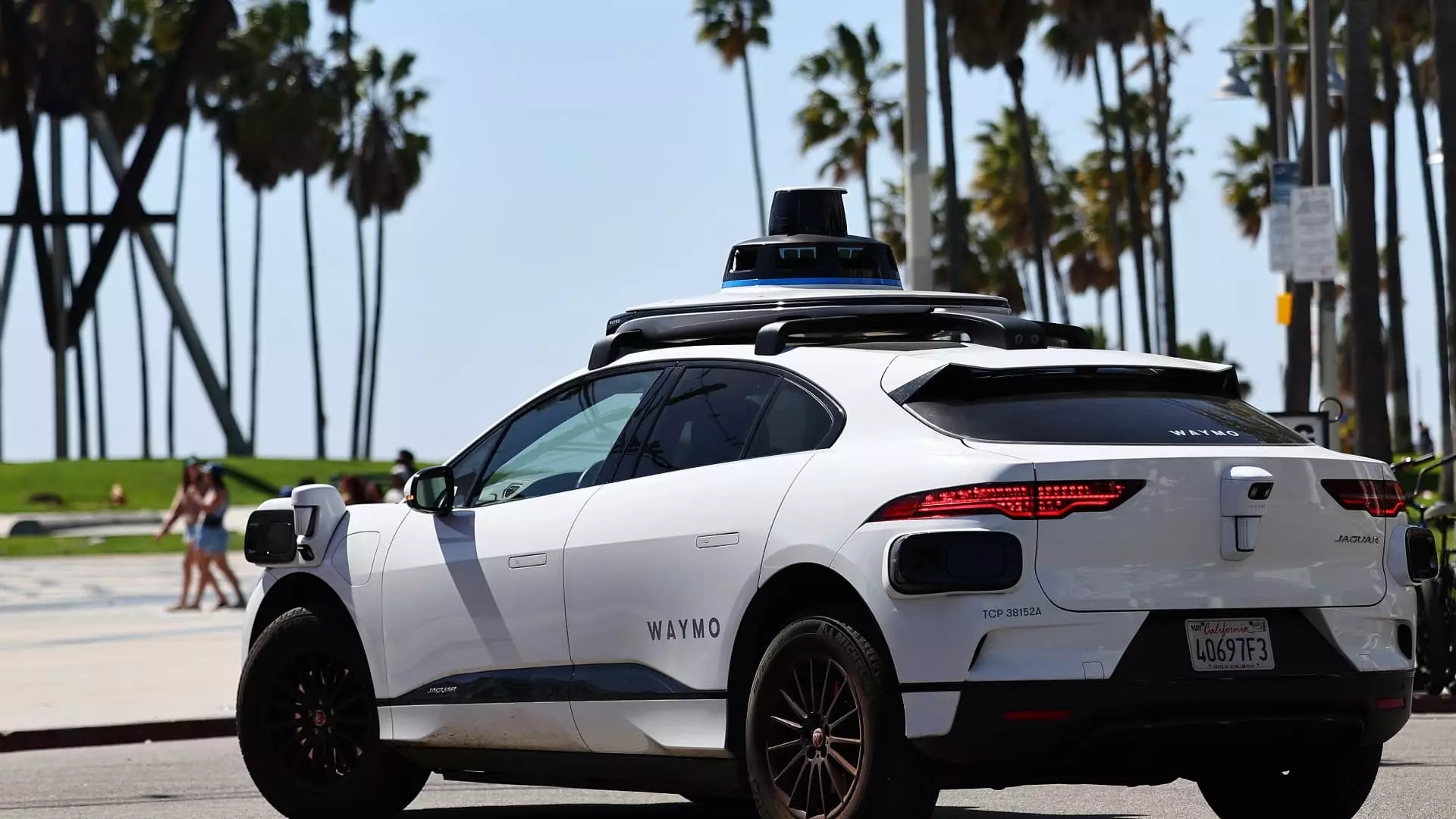Waymo, the autonomous vehicle subsidiary of Alphabet, has recently attracted significant attention following its successful closure of a $5.6 billion funding round. This capital infusion is set to propel its ambitious plans for expanding robotaxi services in key urban areas, notably Los Angeles, San Francisco, and Phoenix, while also targeting additional markets like Austin and Atlanta through collaboration with Uber. Such strategic moves indicate Waymo’s intent to solidify its position as a leader in the autonomous vehicle sector, as it furthers the development of its Waymo Driver technology.
The funding round, classified as Series C, involved substantial backing from a range of prominent investors, including the likes of Andreessen Horowitz (a16z), Fidelity, and Tiger Global. With this latest funding, Waymo’s total capital raised surpasses $11 billion, a testament to investor confidence in its operational model and technological advancements. The involvement of Alphabet, the parent company of Google, provides not only financial leverage but also strategic oversight and integration opportunities within the vast ecosystem of technology and transportation firms associated with the tech giant.
Co-CEOs Tekedra Mawakana and Dmitri Dolgov have articulated a clear vision for utilizing this investment to enhance existing services and explore new business applications for the Waymo Driver, emphasizing a commitment to expanding their user base across their current markets and into new regions. With the partnership with Uber, the vision of seamless mobility solutions in urban areas becomes increasingly tangible.
Amid a landscape crowded with various companies piloting autonomous vehicle technologies, Waymo stands out as the sole provider of a commercial robotaxi service operating in multiple metropolitan areas, a claim that distinguishes it markedly from its competitors. Recent statistics reveal that Waymo executes over 100,000 rides weekly across Los Angeles, Phoenix, and San Francisco, primarily utilizing the user-friendly Waymo One app for hailing rides. These figures underscore how Waymo not only leads in technological innovation but has also made significant inroads in market adoption.
Interestingly, Waymo’s services have received attention from demographic groups often concerned about safety, especially women and parents. For instance, some individuals opt for Waymo’s robotaxi service as a safer alternative to traditional human-driven taxi services. Such use cases highlight the potential of autonomous vehicles to fulfill user needs that extend beyond mere convenience.
However, not all news is favorable for Waymo. The autonomous vehicle landscape is still evolving, filled with challenges related to public trust and regulatory scrutiny. For instance, Tesla CEO Elon Musk has made bold predictions regarding the future of self-driving technology, particularly in California and Texas. Despite Musk’s claims, Tesla’s current systems require human operation, reflecting the fact that complete automation is still a work-in-progress across the industry.
Waymo’s closest competitor, Cruise (owned by General Motors), has faced setbacks following a troubling incident where a pedestrian was injured, casting a shadow over its operational stability. Such incidents raise critical questions about the safety of autonomous technology compared to traditional human drivers. The overall landscape is colored by skepticism, as highlighted by a Pew Research Center survey indicating that nearly two-thirds of Americans remain hesitant to utilize driverless vehicles.
Despite apprehensions, Waymo continues to prioritize safety and technological reliability. To that end, the company has voluntarily conducted software recalls to address safety concerns and improve its systems, illustrating a proactive approach to risk management in a field where operational safety is paramount. Moreover, analysis has indicated that Waymo’s autonomous vehicles are involved in fewer accidents than human-operated cars, which serves as a compelling argument for its technology.
Waymo is also diversifying its fleet by incorporating next-generation vehicles, including an electric model from automaker Geely, tailored with proprietary sensors and artificial intelligence systems that enhance its operational capabilities. In an encouraging step forward, Waymo is set to test its autonomous systems in harsher weather conditions in northern regions, broadening its service potential by preparing to operate effectively outside of more temperate climates.
The expansion of Waymo’s services is geared not just towards scaling its operations in domestic markets but also hints at aspirations for international outreach. As the company eyes extending its reach beyond North American cities, it faces challenges that require not only technical advancements but also meaningful engagement with regulatory environments in various jurisdictions.
Waymo’s $5.6 billion funding round signifies a critical juncture in the ambitious expansion of its robotaxi services. As it bravely navigates the complex landscape of autonomous technology and public perception, it is evident that the journey toward mainstream acceptance of robotaxis is filled with both promise and challenges. The continued development of their vehicles and software, reinforced by strategic partnerships and comprehensive safety measures, may lead to an era where autonomous vehicles play a pivotal role in urban mobility. However, the key to success will lie in proving the safety and reliability of their services to a skeptical public.

